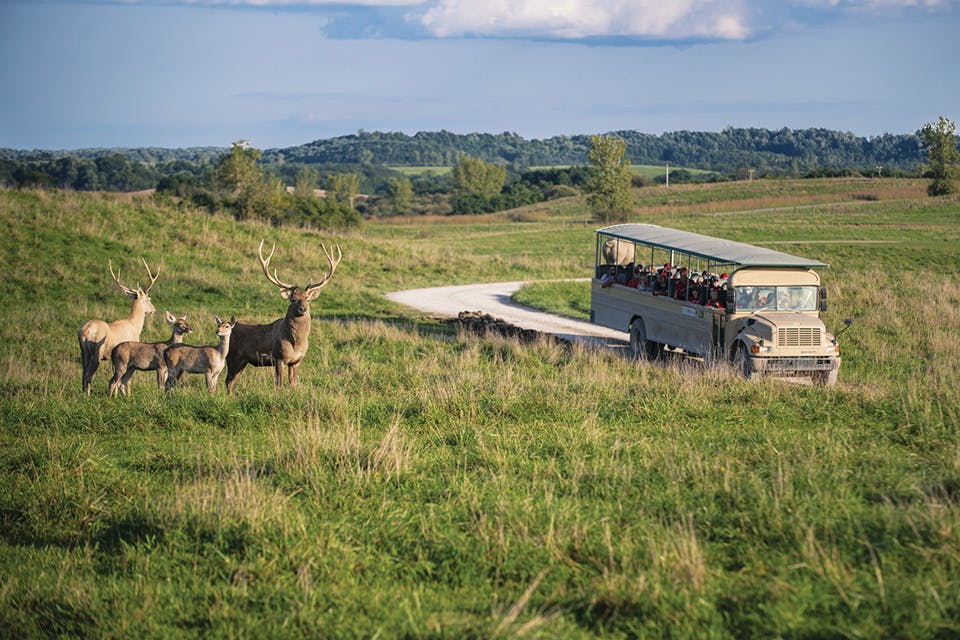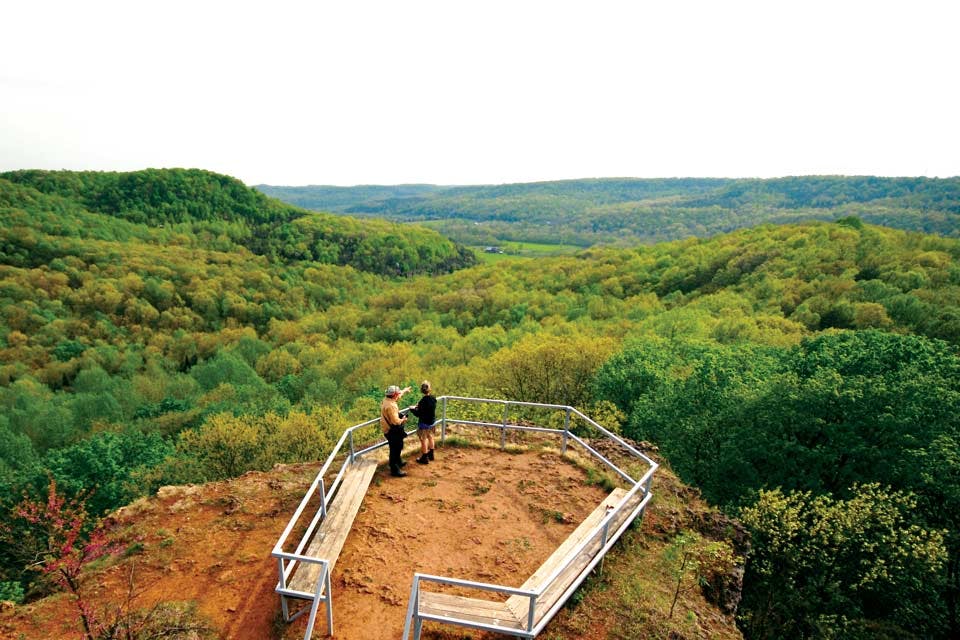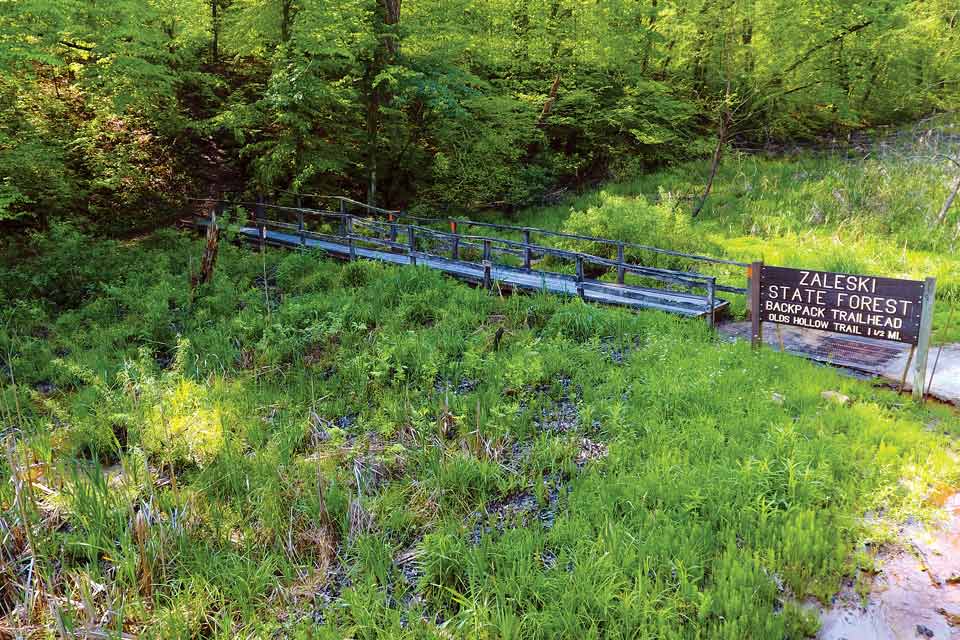Travel
4 Great Hikes in Ohio’s Appalachian Region
Ohio’s Appalachian counties are filled with hiking adventures. Here are four treks to try this year.
Related Articles

Ring in the New Year with Ohio Department of Natural Resources’ First Day Hikes
Take part in these outings that mix gentle exercise, outdoor exploration and wildlife discovery across our state’s parks and natural areas. READ MORE >>

Peebles Named Ohio’s 22nd Buckeye Trail Town
The Buckeye Trail Association invites hikers and visitors to head through this southwest Ohio town while venturing along the 1,444-mile route that helps connect Ohioans with nature and history. READ MORE >>

21 Stops for Adventure, History and Flavor in Appalachian Ohio
Ohio’s 32-county Appalachian region is packed with outdoor fun, living history and food finds. Here are some great destinations to explore this summer. READ MORE >>






